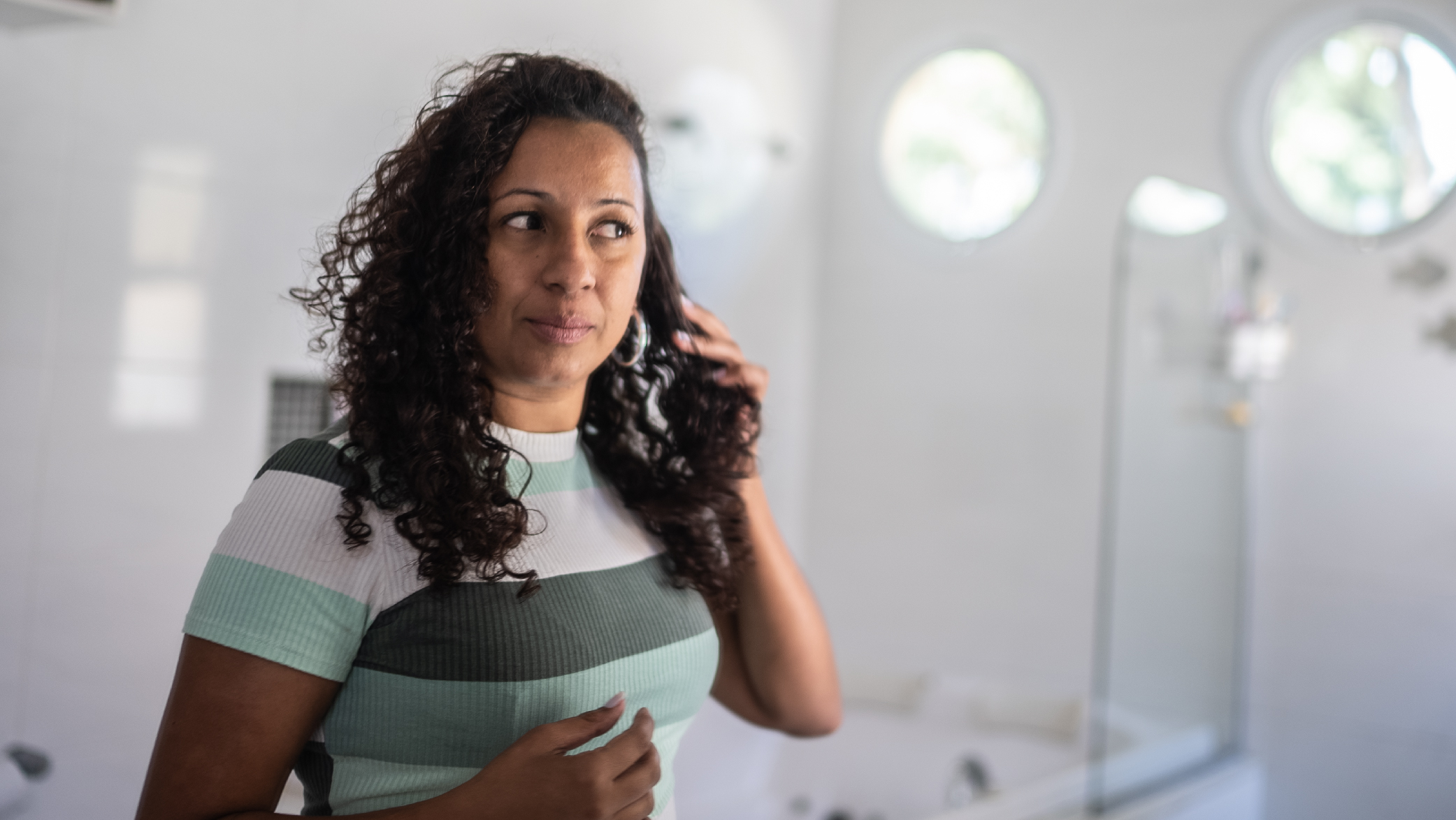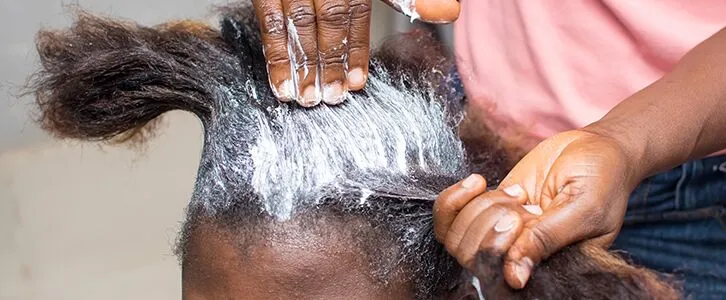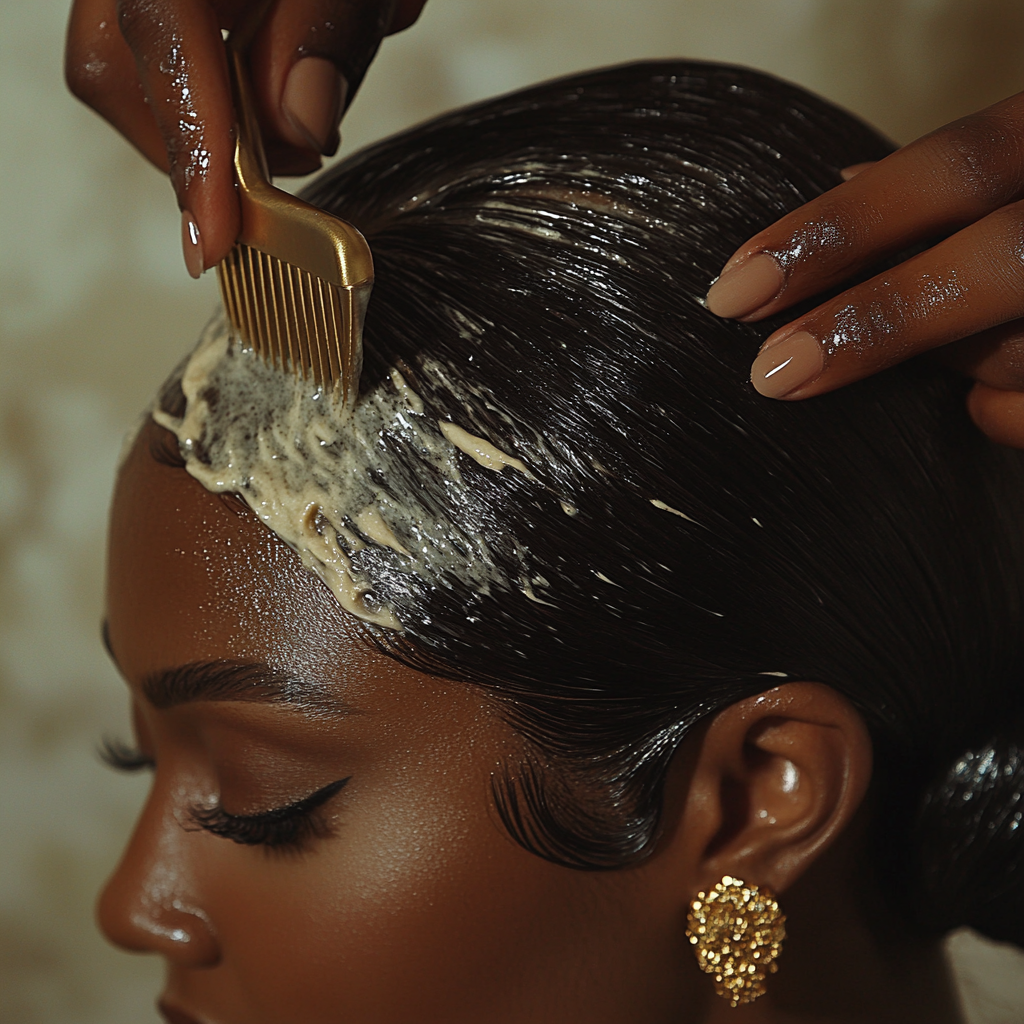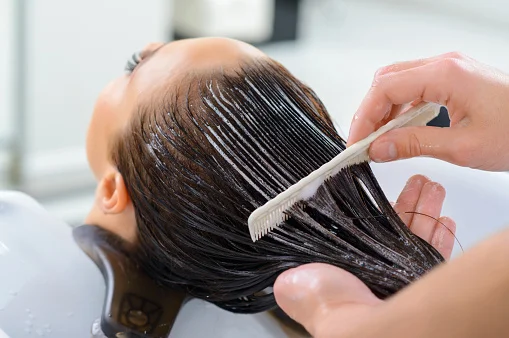
Introduction
In recent years, hair relaxer products have come under scrutiny, not just for their beauty claims but for their potential health risks. The concerns are serious enough that they've sparked a series of lawsuits across the nation. But what does this mean for the millions who have used these products for years, seeking the promise of sleek, manageable hair?
Hair relaxers are designed to permanently straighten curly or coarse hair, offering a beauty solution that many find indispensable. Yet, behind the allure of these products lies a complex mix of chemicals, some of which are now linked to significant health risks, including various forms of cancer. Understanding the full scope of these risks and recognizing early symptoms can be crucial for potential victims.
Who is most at risk, and what should you do if you've been a regular user of hair relaxers? This article delves into what hair relaxers are made of, the demographic most affected by them, and the emerging health concerns associated with their use. We'll guide you through the steps to self-assessment, highlight the importance of medical advice, and discuss legal avenues available for those impacted.
As we unpack the issues, remember, knowledge is your first defense. If you've used hair relaxers, how aware are you of the ingredients they contain and the symptoms they might cause? Stay with us as we explore these vital questions, providing you with essential information to safeguard your health and legal rights.
Understanding Hair Relaxers
Hair relaxers are not just another hair product; they are powerful chemical treatments used primarily by women of African descent to straighten naturally curly, coiled, or kinky hair. The allure of these products lies in their ability to provide long-lasting hair straightening, making hair more manageable and versatile in terms of styling. But what exactly are these products made of, and who uses them most?
A. What are hair relaxers?
At their core, hair relaxers are creams or lotions that chemically alter the structure of hair. The process involves the breaking down of hair bonds using chemicals, which then re-forms these bonds in a straight pattern. This change is permanent, affecting the hair until new growth occurs at the roots.
B. Common chemicals found in hair relaxers
Key ingredients typically include lye (sodium hydroxide) or no-lye relaxers with guanidine hydroxide. Both types are effective in straightening hair but carry potential risks. Lye-based relaxers are known for their strength and efficiency but can be more damaging and caustic, leading to severe burns if not used correctly. No-lye relaxers, while marketed as gentler, can still cause significant hair breakage and scalp irritation due to their high pH levels.
C. Popularity and target demographic
Hair relaxers have been particularly popular among African American women, with studies suggesting that as many as 70-80% of women in this demographic have used these products at some point in their lives. The pressure to conform to certain beauty standards and the desire for easier-to-manage hair has made relaxers a staple in many beauty routines, despite the risks involved.
Understanding the composition and widespread use of hair relaxers sets the stage for examining the associated health risks. As we move into the next section, it's crucial to consider not just the benefits but also the potential costs of using these powerful chemical treatments.
The Link Between Hair Relaxers and Health Risks
The growing body of research on the long-term effects of chemical hair relaxers has raised alarming concerns about their safety. Recent studies have begun to draw connections between the regular use of these products and an increased risk of certain types of cancers among other health issues.
A. Recent studies and findings
Research conducted in the past few years has highlighted a troubling link between hair relaxer use and an increased risk of cancer, particularly among women of African descent who are frequent users. These studies have found statistically significant correlations that suggest a potential causal relationship, not just a coincidental one.
B. Types of cancers associated with hair relaxers
Among the most concerning findings is the association between hair relaxers and an increased risk of uterine, ovarian, and breast cancers. These types of cancer are particularly aggressive and can be life-altering or even life-threatening. The chemical exposure from relaxers, especially when used frequently and over long periods, is suspected of disrupting hormonal balance and possibly affecting cellular structures in the body.
C. Other potential health issues
Beyond cancer, hair relaxers have also been linked to other health problems, such as chemical burns, severe scalp irritation, permanent hair loss, and even hormonal disruptions. These complications can stem from both the strength of the chemicals used and the frequency of application, highlighting the need for awareness and caution among users.
The evidence suggests a clear need for users of hair relaxers to be vigilant about the products they use and the frequency of their use. Next, we will explore the early symptoms and risk factors associated with these health issues, providing a guide to help you assess your own risk and take proactive steps for your health.
Identifying Early Symptoms and Risks
Awareness of the early symptoms associated with cancers linked to hair relaxer use is crucial for early detection and treatment. Here we discuss some of the primary symptoms related to uterine, ovarian, and endometrial cancers, along with general risk factors that might increase susceptibility.
A. Uterine Cancer Symptoms
Uterine cancer is one of the most frequently reported cancers associated with hair relaxer use. Recognizing its symptoms early can be key to effective treatment:
- Abnormal Vaginal Bleeding: This includes bleeding between periods or after menopause.
- Pelvic Pain or Pressure: Persistent or unusual pain in the pelvic area.
- Unusual Vaginal Discharge: Discharge that is different in color, odor, or amount.
B. Ovarian Cancer Symptoms
Ovarian cancer, often diagnosed in later stages due to its subtle symptoms, is notoriously difficult to detect early. However, certain symptoms should prompt further investigation:
- Bloating: Persistent bloating that does not go away with routine changes in diet or physical activity.
- Abdominal or Pelvic Pain: Pain in the lower stomach or pelvic area that feels different from normal cramps.
- Changes in Appetite or Feeling Full Quickly: Significant changes in eating habits or feeling full sooner than usual.
C. Endometrial Cancer Symptoms
Endometrial cancer affects the lining of the uterus and presents symptoms that, while common, should not be ignored:
- Postmenopausal Bleeding: Any bleeding after menopause is considered abnormal.
- Painful Urination: Discomfort or pain during urination.
- Pain During Intercourse: Discomfort or pain during sexual activity.
D. General Risk Factors
Certain risk factors can increase the likelihood of developing health issues from hair relaxer use:
- Frequency of Hair Relaxer Use: The more frequent the use, the higher the potential risk.
- Duration of Use Over Time: Long-term use can compound exposure to harmful chemicals.
- Age at First Use: Starting to use hair relaxers at a younger age may increase health risks.

Self-Assessment Checklist
To better understand your exposure and potential risk, consider the following self-assessment checklist:
- Usage History Questions:
- How often do you use hair relaxers?
- For how many years have you been using them?
- At what age did you start using hair relaxers?
- Symptom Checklist:
- Have you experienced any of the symptoms listed above?
- When did you first notice these symptoms?
- Have you discussed these symptoms with a healthcare provider?
- Product Identification:
- Which brands of hair relaxers have you used?
- Do you still have any product packaging or receipts?
Identifying symptoms early and understanding your usage history can guide you in taking the next steps, whether it involves seeking medical advice or considering legal actions. Awareness and proactive health management are key in addressing the potential risks associated with hair relaxers.
What to Do If You Suspect a Problem
If you suspect that your use of hair relaxers may be impacting your health, taking immediate and informed actions can make a significant difference in addressing potential risks and safeguarding your well-being.
A. Consult with a Healthcare Provider
First and foremost, schedule an appointment with your healthcare provider. Discuss any symptoms you've noticed, especially if they align with those associated with increased risks from hair relaxer use. A medical professional can conduct necessary tests, offer a diagnosis, and guide you on the next steps.
B. Document Your Hair Relaxer Usage and Symptoms
Keep a detailed record of your hair relaxer use including brands, frequency of use, and duration. Also, document any symptoms or health changes you've noticed since you began using these products. This documentation can be crucial for both medical and legal consultations.
C. Consider Discontinuing Use of Hair Relaxers
Based on the evidence and your health status, it may be wise to stop using hair relaxers. Discuss with your healthcare provider any concerns about continuing their use and consider alternative hair care methods that are safer for your health.
D. Explore Alternative Hair Care Options
There are many healthier alternatives to chemical relaxers that can help you manage your hair without the associated risks. Options like thermal straightening, keratin treatments, or embracing natural hair textures are worth considering. These methods can offer beauty without compromise on your health.
Legal Options for Potential Victims
For those affected by the adverse effects of hair relaxers, pursuing legal action can be an option.
A. Overview of Current Lawsuits
Several lawsuits have been filed against manufacturers of hair relaxers linked to health issues. These cases often focus on the failure to warn users about the risks associated with these products.
B. Eligibility Criteria for Joining a Lawsuit
To be eligible for a lawsuit, you generally need to prove usage of the product and a diagnosis of health issues that can be plausibly linked to its use. Legal experts in product liability or personal injury law can provide guidance based on your specific circumstances.
C. Steps to Take if You Believe You Have a Case
- Consult a Qualified Attorney: Find a lawyer specializing in product liability who can evaluate your case.
- Gather Evidence: Compile all documentation related to your hair relaxer use and medical records.
- Join Existing Class Actions: If there are ongoing class-action lawsuits, your attorney can advise you on whether joining is a viable option.
Preventive Measures and Alternatives
Preventive measures are essential for reducing risk, particularly for those who have used or are considering using hair relaxers.
A. Natural Hair Care Options
Exploring natural hair care methods that minimize chemical exposure is a safe alternative. Methods such as using natural oils, butters, and conditioners can nourish and manage hair healthily.
B. Safer Hair Straightening Methods
Consider safer mechanical or minimal chemical methods to straighten hair. Techniques like blow drying with a round brush or using flat irons at lower temperatures can achieve straight looks without harsh chemicals.
C. Importance of Reading Product Labels and Ingredients
Be vigilant about reading product labels and understanding the ingredients in hair care products. Avoiding products with harsh chemicals known to cause health issues is a proactive step towards safer hair care.
Conclusion
The issues surrounding hair relaxers are complex and fraught with significant health concerns. If you're using these products, it's crucial to stay informed and vigilant about the potential risks. Always seek medical advice if you notice any troubling symptoms, and consider legal avenues if you believe your health has been compromised. By embracing safer alternatives and being proactive about your hair care choices, you can protect your health and ensure your beauty practices are safe and sustainable.





